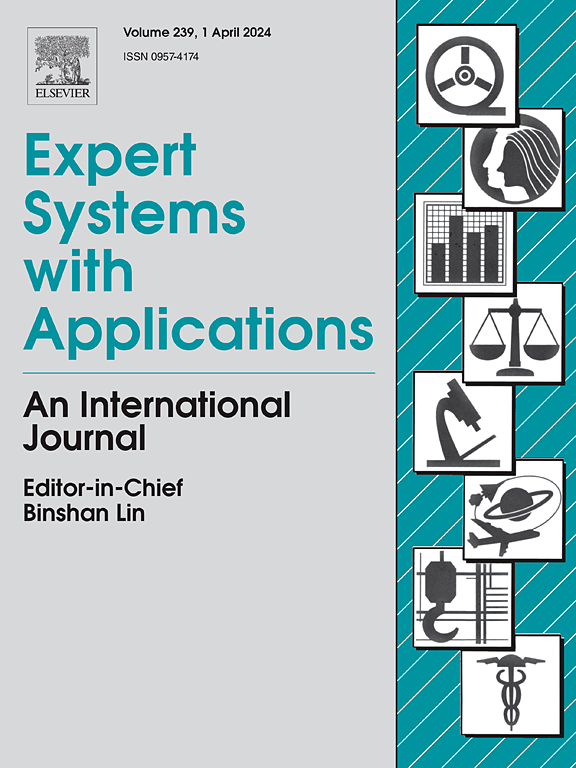Sentiment analysis using osprey-optimized hybrid GoogleNet-ResNet with text and emoji data
IF 7.5
1区 计算机科学
Q1 COMPUTER SCIENCE, ARTIFICIAL INTELLIGENCE
引用次数: 0
Abstract
Sentimental analysis (SA) plays a crucial role in understanding consumer opinions from mobile product reviews. While various Deep learning (DL) approaches, such as deep neural networks (DNN) and convolutional neural networks (CNN), have been developed for SA, they often suffer from limitations like low accuracy, high processing time and reliance on single data modality (text data). Upon considering these issues, a novel hybrid DL model is introduced in this research by integrating both text and emoji data for enhanced sentiment classification. Unlike the existing models that primarily rely on text-based features, the proposed approach utilizes both text and emoji representations to capture richer sentiment context. Initially, data pre-processing and sentiment annotation are performed. Text data is transformed into numerical feature vectors using advanced feature extraction techniques, including Word2Vec and Emoji2Vec models, as well as Continuous Bag of Words (CBOW) and Skip-gram (SG). To improve classification accuracy, a depthwise separable hybrid GoogleNet with ResNet convolutional model is employed, leveraging the strengths of both architectures in feature extraction and representation learning. Furthermore, the classifier’s hyperparameters are fine-tuned using the osprey optimization mechanism, an advanced metaheuristic approach that enhances convergence speed and model performances. The proposed model is evaluated under the Flipkart product reviews sentiment dataset, demonstrating its efficacy through performance analysis. These findings confirm that incorporating multi-modal data (text and emoji) and leveraging optimized hybrid architectures significantly enhance sentiment analysis accuracy. From this analysis, the proposed model outperforms other classifiers. The experimental results prove that the proposed model achieves a high accuracy, precision, recall and f1-score of 98.3%, 96%, 97.6% and 96.82%, respectively.
求助全文
约1分钟内获得全文
求助全文
来源期刊

Expert Systems with Applications
工程技术-工程:电子与电气
CiteScore
13.80
自引率
10.60%
发文量
2045
审稿时长
8.7 months
期刊介绍:
Expert Systems With Applications is an international journal dedicated to the exchange of information on expert and intelligent systems used globally in industry, government, and universities. The journal emphasizes original papers covering the design, development, testing, implementation, and management of these systems, offering practical guidelines. It spans various sectors such as finance, engineering, marketing, law, project management, information management, medicine, and more. The journal also welcomes papers on multi-agent systems, knowledge management, neural networks, knowledge discovery, data mining, and other related areas, excluding applications to military/defense systems.
 求助内容:
求助内容: 应助结果提醒方式:
应助结果提醒方式:


